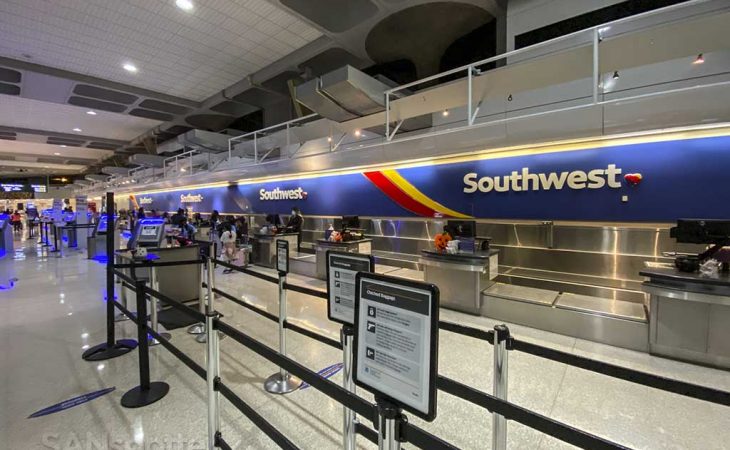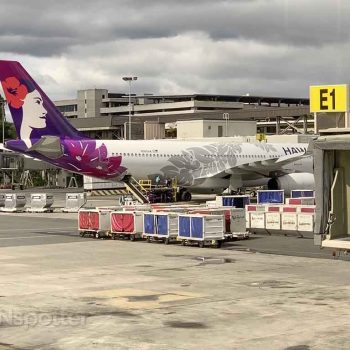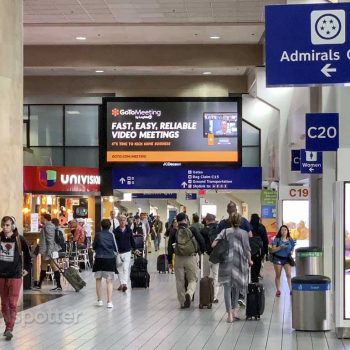Suitcases, child safety seats, and even bicycles are allowed on airplanes as cargo, so why not boxes? Can you check a box as luggage?
The good news is that it is perfectly acceptable (and often very practical) to use a box instead of a suitcase when flying. I’ve done it more times than I can count, and I’ve never once had an issue.
I’ve even been complimented at the baggage carousel by complete strangers for doing so. It’s not often I get praise for having a good idea, and it feels great to be given a thumbs up for thinking outside the box (ha!).
That being said, there are a handful requirements you must meet in order to have your box successfully checked as luggage. But don’t worry – it’s not all that complicated:
How to check a box as luggage
Checking a box as luggage is as easy as checking a bag, with some considerations. You have to adhere to the size and weight requirements of the box, just as you would with a piece of luggage. If you exceed these requirements, you will have to pay an additional fee.
- It’s smart to know the size (and kind) of the aircraft you will be flying on, as this greatly affects how they will handle the box.
- If you have breakable items in the box, extra-careful packing techniques will be critical to protecting them. Remember – boxes don’t have padding and compartments built into them like suitcases do!
If you have any concerns about what the airline requires before you travel, contact their customer service. They can inform you of what their conditions are for checking boxes as luggage.
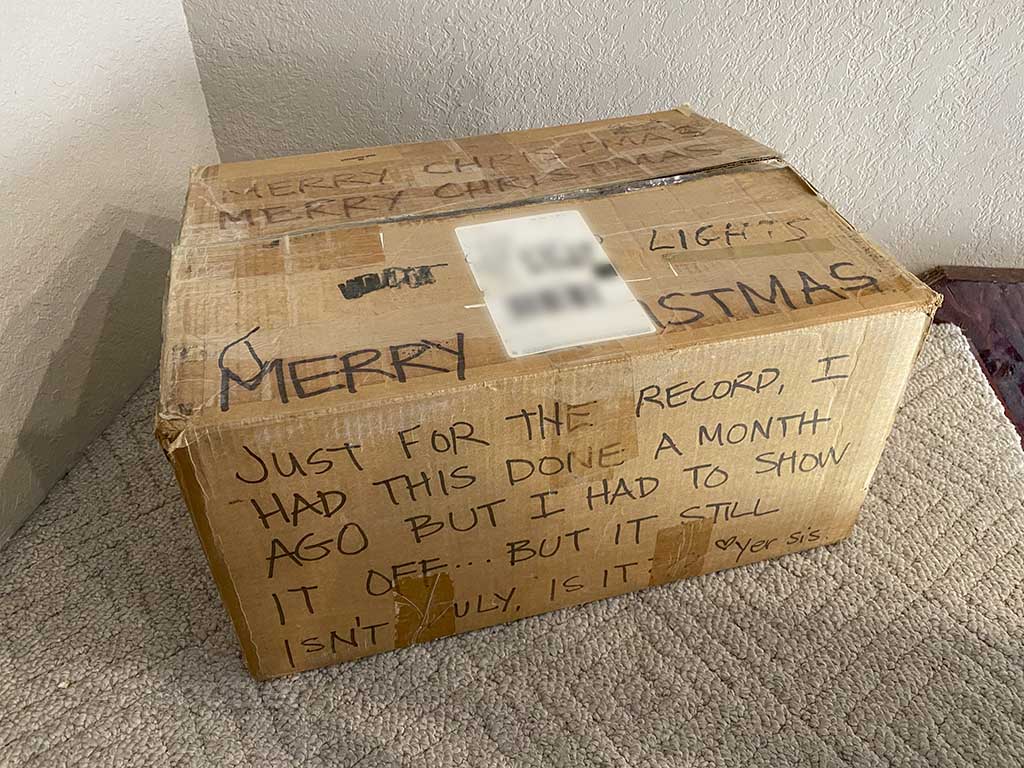
What is the maximum size for a box checked as luggage?
Each airline will have maximum size requirements for luggage allowances, including boxes. Typically, a cardboard box should be a maximum of 62 linear inches. This linear measurement is the total sum of the height, width, and length of the box.
If it exceeds 62 linear inches, there could be additional fees with some airlines. Others may not even accept a box over that measurement.
What is the maximum weight for a box checked as luggage?
If you are checking a box as luggage, the general rule of thumb is that it must not exceed a total of 50 lbs (2.68 kg).
If your box is over this weight, you may have an additional overweight fee. Depending on the mood of the agent at the check in counter, you may have to reduce the weight of your box (right there in line in front of everyone) before the airline will accept it.
Airplane size and handling considerations for a box checked as luggage
Another factor in using a box for checked luggage with an airline is the size of the plane itself. This will determine how they handle your cargo.
Narrowbody aircraft
Narrowbody aircraft (such as the A320 and 737) have open cargo holds, meaning that they will literally throw everything in the belly of the aircraft without much thought to organization. If your box isn’t very strong, it’s likely to get crushed under the weight of other suitcases.
Widebody aircraft
Widebody aircraft (such as the 777 and A350) use organized pallets to transport cargo. This is a much more organized (and efficient) method of cargo handling, as each piece is manually placed onto a pallet of other similar items before being placed onto an aircraft. A box will be far more protected in this instance.
Regional aircraft
Regional aircraft (such as the E175 and CRJ-200) have much smaller cargo holds. This means that the ground crew will use much more force to cram large objects into the cargo hold of the aircraft (I’ve seen them do it, and it’s scary). If your box isn’t well-protected, it’s very likely to get damaged if there is a lot of other cargo on the flight.
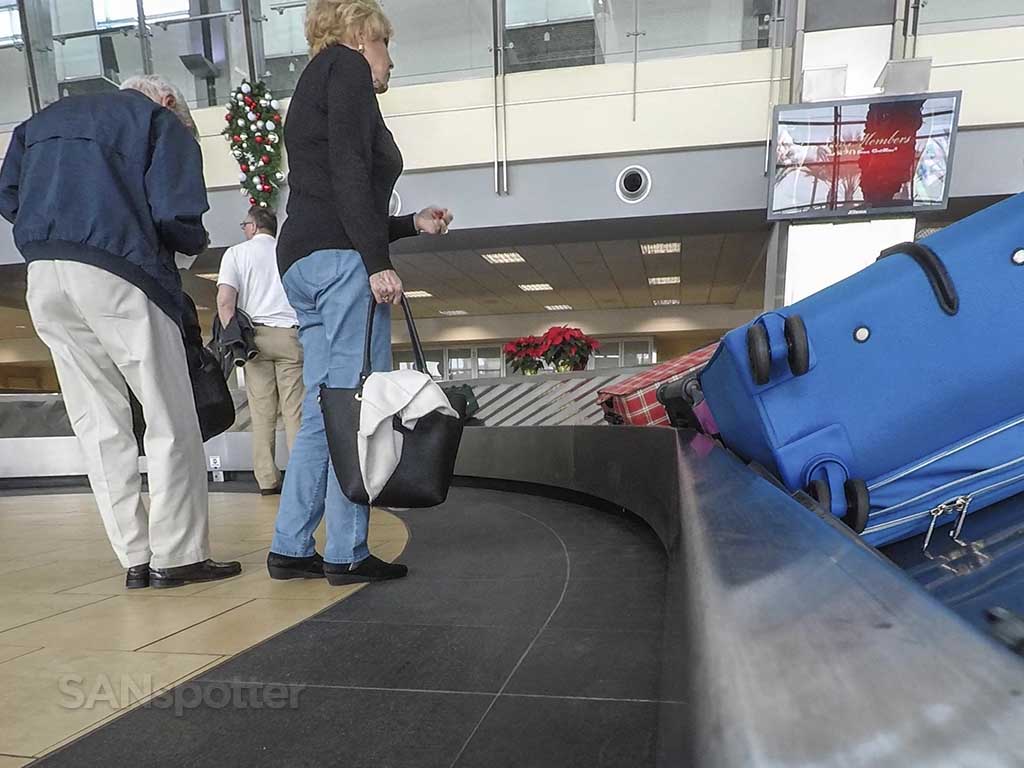
Packing materials
If you want to check a box as luggage for air travel, I can’t stress the importance of packing it as carefully as you can. It took me a while to figure out how to do it properly, and I’ve ended up with a box of broken junk at the end of a flight more times than I care to admit. Here are a few really important tips I’ve learned over the years:
- Fill the entire box with packing materials to secure your items (dirty underwear works great).
- Reinforce the closing edges of the box, including both the top and bottom panels.
- Brace all the corners with duct tape or other strong material to keep them from caving in.
- Reinforce the handles on the box with duct tape.
The most important lesson here: duct tape is your friend!
Items you shouldn’t put in a box checked as luggage
There are several items that you shouldn’t put in a box checked in as luggage. The chances of checked baggage getting misplaced, lost, or damaged is still relatively high these days. It’s always wise to plan for the worst case scenario.
When flying, always use your carry-on luggage for the following products to ensure that they don’t get lost (or stolen):
- Medications
- Personal identification, passports, transportation documents, or other valuable paperwork
- Delicate electronics
- Cash, jewelry, or other valuable items
- Lithium batteries
- E-cigarettes, lighters, matches, or combustible items
- Your cat. You might think I’m joking, but I have airline employee friends who tell me stories about people who have tried to do this.
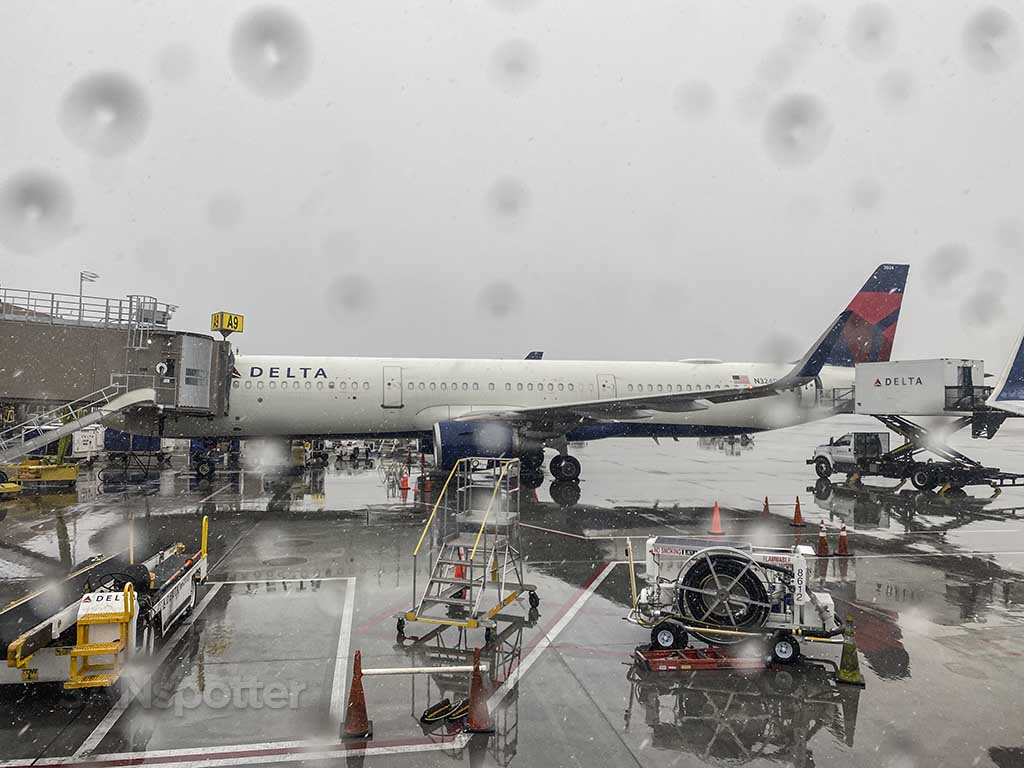
Pros and cons of checking a box as luggage
If you like the idea of checking a box as luggage, there are several pros and cons you should be aware of. It’s taken me a lifetime of flying to learn (often the hard way) that a box instead of a suitcase isn’t always the best choice.
Pros
- A box that is 62 linear inches can typically hold more items than a standard suitcase. Traditional suitcases waste space for wheels, handles, zippers, and pockets that a box will not have.
- If the box gets damaged in transit, you won’t care as much (unlike if they ruin an expensive piece of luggage that may have sentimental value to you).
- You can wrap the entire box in plastic wrap for added protection.
- Suitcases can weigh up to 10 lbs (4.5 kg) when empty, where a cardboard box weighs virtually nothing. This difference allows you to pack more stuff while maintaining strict weight limits.
- It’s sturdy, and it’ll protect the contents very well. As a matter of fact, I recommend it for anyone trying to figure out how to bring a suit on a plane. As long as you don’t mind checking it in, that is.
- It’s a nice backup plan if the TSA nabs you for trying to get a prohibited item through the security checkpoint. If you get caught, simply find a box to put that prohibited item in and take it to the airline check in desk. They’ll accept it as checked luggage, and you can go about your business. Trust me: you’ll appreciate this option more if you know what the TSA does with confiscated items.
- It’s cheap!
Cons
- You will most likely need to sign a release waiving any responsibility from the airline for damage during transport.
- It does not have wheels or handles, so it’s far less convenient to move around (which is why it can be especially inconvenient for first time flyers).
- If it is out in the rain during loading or unloading, it could break down or become damaged.
- Your checked box may not be on the traditional baggage carousel at your destination – depending on it’s size and weight, it may need to be picked up at special location instead (which usually isn’t far from the main baggage carousel).
- Taped and secured boxes may have to be cut open by security for inspection, and I can tell you from experience that airport security personnel don’t give two ****s about taping it back up securely.

